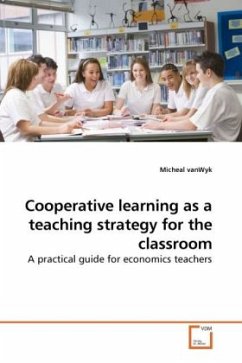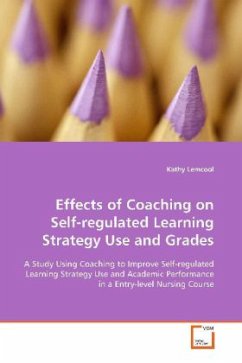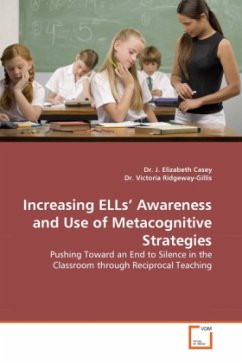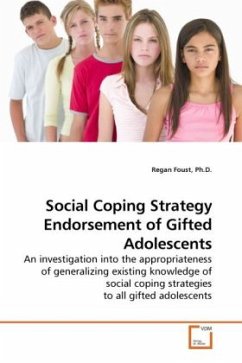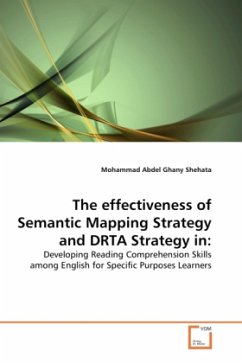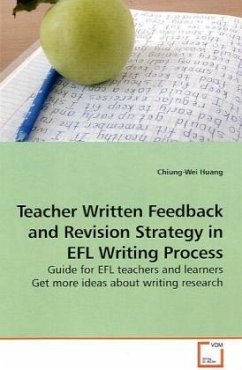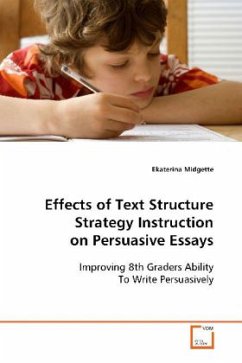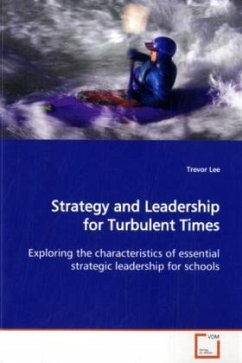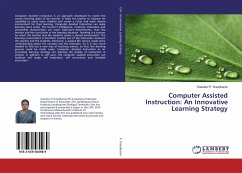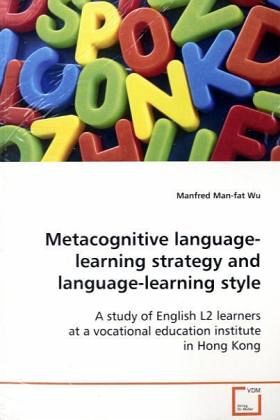
Metacognitive language-learning strategy and language-learning style
A study of English L2 learners at a vocational education institute in Hong Kong
Versandkostenfrei!
Versandfertig in 6-10 Tagen
52,99 €
inkl. MwSt.

PAYBACK Punkte
26 °P sammeln!
This study identifies the relationship between preferred MCLLSs and language-learning styles (LLSYs) and their patterns of use amongst a selected group of learners at a vocational education institute in Hong Kong. The quantitative data reveal a medium to high use of MCLLSs among learners and a prevalence of multiple major preferences. The qualitative data show the reasons for using and not using particular MCLLSs, the reasons for preferring and not preferring particular LLSYs, situations and language tasks in which MCLLSs were selectively used and in which particular LLSYs were favoured. Despi...
This study identifies the relationship between
preferred MCLLSs and language-learning styles
(LLSYs) and their patterns of use amongst a selected
group of learners at a vocational education
institute in Hong Kong. The quantitative data reveal
a medium to high use of MCLLSs among learners and a
prevalence of multiple major preferences. The
qualitative data show the reasons for using and not
using particular MCLLSs, the reasons for preferring
and not preferring particular LLSYs, situations and
language tasks in which MCLLSs were selectively used
and in which particular LLSYs were favoured. Despite
the existence of the discrepancies between the
quantitative and qualitative data, the findings from
the two data sources were consistent in showing that
there were no differences in the MCLLS use of
learners with each of the six major style
preferences. The target groups for this book include
practitioners, students, teacher trainees,
researchers and policy makers in TESOL or related
field.
preferred MCLLSs and language-learning styles
(LLSYs) and their patterns of use amongst a selected
group of learners at a vocational education
institute in Hong Kong. The quantitative data reveal
a medium to high use of MCLLSs among learners and a
prevalence of multiple major preferences. The
qualitative data show the reasons for using and not
using particular MCLLSs, the reasons for preferring
and not preferring particular LLSYs, situations and
language tasks in which MCLLSs were selectively used
and in which particular LLSYs were favoured. Despite
the existence of the discrepancies between the
quantitative and qualitative data, the findings from
the two data sources were consistent in showing that
there were no differences in the MCLLS use of
learners with each of the six major style
preferences. The target groups for this book include
practitioners, students, teacher trainees,
researchers and policy makers in TESOL or related
field.



